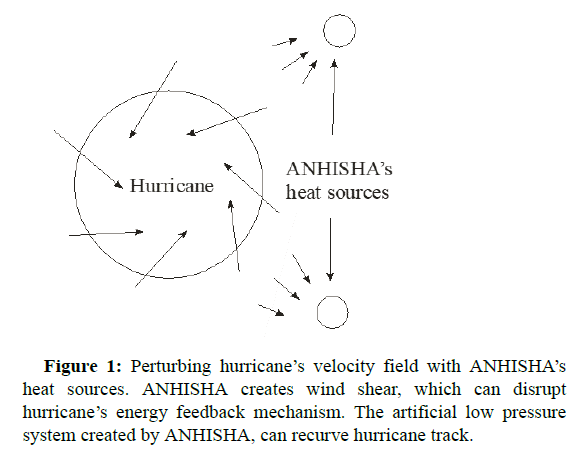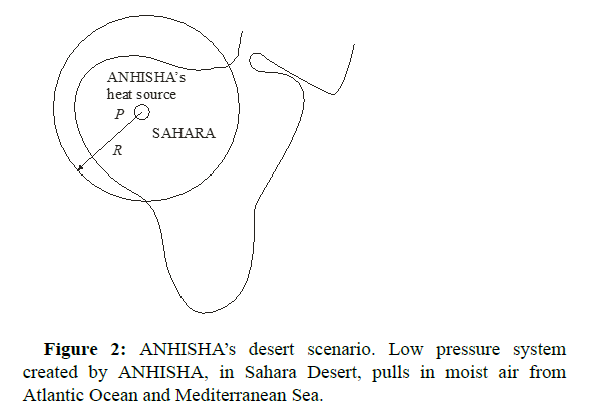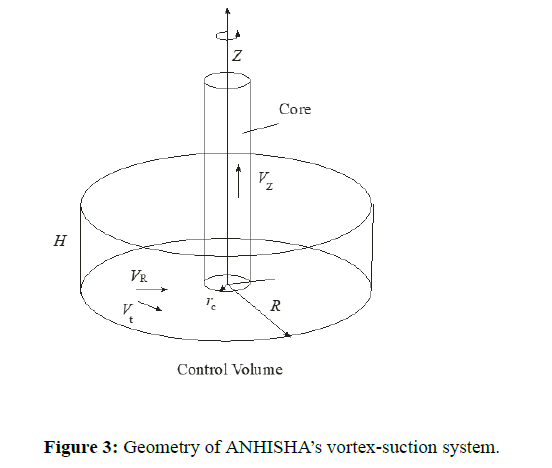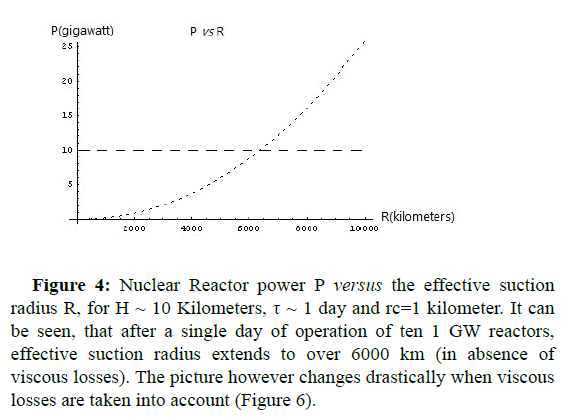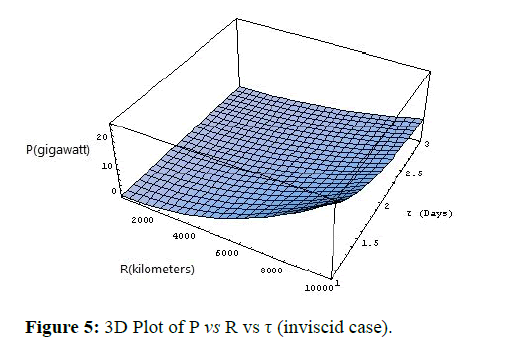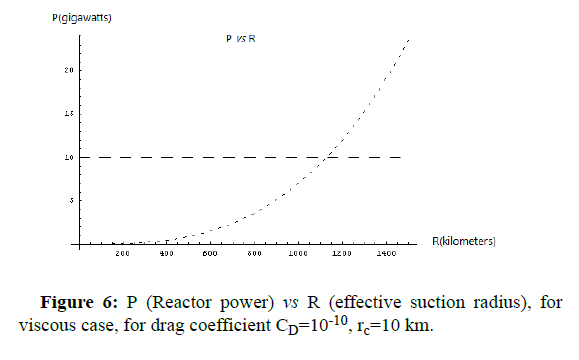Short Communication, Geoinfor Geostat An Overview Vol: 12 Issue: 4
Increasing Earth’s Land Surface Area by Reducing the Sea Levels
Moninder Singh Modgil*
Spiritual Applications Research Center, Mount Abu, Gujarat, India
*Corresponding Author: Moninder Singh Modgil,
Spiritual Applications Research
Center, Mount Abu, Gujarat,
India;
E-mail: msmodgil@gmail.com
Received date: 25 July, 2024 Manuscript No. GIGS-24-143143;
Editor assigned date: 29 July, 2024, PreQC No. GIGS-24-143143 (PQ);
Reviewed date: 12 August, 2024, QC No. GIGS-24-143143;
Revised date: 19 August, 2024, Manuscript No. GIGS-24-143143 (R);
Published date: 26 August, 2024, DOI: 10 .4172/2327-4581.1000393.
Citation: Modgil MS (2024) Increasing Earth’s Land Surface Area by Reducing the Sea Levels. Geoinfor Geostat: An Overview 12:3.
Abstract
Application of Nuclear Heat Injection System for Heating Atmosphere (ANHISHA) is an acronym. The controlled atmospheric low pressure area, created by this process, can be used to modify long term and short term weather patterns. Simulations of Global Circulation Models (GCM), on weather supercomputers, can determine in advance, the result on atmosphere, e.g., precipitation. The permanent hurricane like vortex on north and south pole can be modified by ANHISHA, with the aim, of a higher ice precipitation, on the geographic poles. A significant increase in polar ice, would reduce the sea levels and increase land surface area. This in turn, would sustain the burgeoning human population and restore habitat of various natural land species. In a sense this is reversal of global warming and onset of an artificial, controlled ice age. As we would not like to have ice age in extreme northern latitudes, so we will restrict ANHISHA only to south pole. The extra ice would be confined to Antarctica.
Keywords
ANHISHA; Hurricanes; Global Circulation Models (GCM); Antarctica
Introduction
It is pointed out that controlled release of thermal energy from fission type nuclear reactors can be used to alter weather patterns over significantly large geographical regions [1]. Nuclear heat creates a low pressure region, which can be used to draw moist air from oceans, onto deserts [2]. Creation of low pressure zones over oceans using nuclear heat can lead to Controlled Cyclone Creation (CCC) [3]. Nuclear heat can also be used to melt glaciers and control water flow in rivers.
Heat from nuclear reactors can be used for creating strong thermal up currents, in the atmosphere of north and south poles. Taking chaos theory into account, this has the potential of effecting weather patterns all over the globe. Anthropogenic thermal up current on north pole will stabilize the north polar vortex against perturbations by the Ross by waves and consequently reduce winter storm frequency and intensity in mid and high polar latitudes. This method of anthropogenic forcing, opens up the possibility of benign global weather control and a globally temperate climate.
Damage caused by hurricanes
Katrina, a category 5 hurricane, was the costliest is US history and inflicted an economic damage of nearly US $ 200 billion, aside from the incalculable human loss.
Tropical cyclones on the open sea cause large waves, heavy rain and high winds, disrupting international shipping and sometimes sinking ships. However, the most devastating effects of a tropical cyclone occur when they cross coastlines, making landfall. A tropical cyclone moving over land can do direct damage in four ways:
High winds: Hurricane strength winds can damage or destroy vehicles, buildings, bridges, etc. High winds also turn loose debris into flying projectiles, making the outdoor environment even more dangerous.
Storm surge: Tropical cyclones cause an increase in sea level, which can flood coastal communities. This is the worst effect, as historically cyclones claimed 80% of their victims when they first strike shore.
Heavy rain: The thunderstorm activity in a tropical cyclone causes intense rainfall. Rivers and streams flood, roads become impassable, and landslides can occur. Inland areas are particularly vulnerable to freshwater flooding, due to residents not preparing adequately.
Tornado activity: The broad rotation of a hurricane often spawns tornadoes. Also, tornadoes can be spawned as a result of eyewall mesovortices which persists until landfall. While these tornadoes are normally not as strong as their non-tropical counterparts, they can still cause tremendous damage.
Alarming global warming links: between apparent increase in hurricane intensity and frequency, have been reported, which however, are disputed [4].
There also exists possibility of increase in frequency and intensity, in a specific time period, merely as a statistical fluctuation.
A geo-engineering precedent for hurricane control
Using geo-engineering approach to mitigating hurricane damage, has an attempted precedent. In the 1960s and 1970s, the United States government attempted to weaken hurricanes in its “Project Stromfury” by seeding selected storms with silver iodide. It was thought that the seeding would cause supercooled water in the outer rainbands to freeze, causing the inner eyewall to collapse and thus reducing the winds. The winds of Hurricane Debbie dropped as much as 30 percent, but then regained their strength after each of two seeding forays. In an earlier episode, disaster struck when a hurricane east of Jacksonville, Florida, was seeded, promptly changed its course and smashed into Savannah, Georgia. Because there was so much uncertainty about the behavior of these storms, the federal government would not approve seeding operations unless the hurricane had a less than 10 percent chance of making landfall within 48 hours. The project was dropped after it was discovered that eyewall replacement cycles occur naturally in strong hurricanes, casting doubt on the result of the earlier attempts. Today it is known that silver iodide seeding is not likely to have an effect because the amount of supercooled water in the rainbands of a tropical cyclone is too low. By creating such artificial low pressure regions, using mobile, ship based, nuclear reactors, near hurricanes, it may be possible to control their intensity and trajectories, and mitigate large scale damage which for instance, occurred in the Katrina Hurricane (Figures 1-6). Aim of the computational study is to examine these possibilities [5-7].
Figure 4: Nuclear Reactor power P versus the effective suction radius R, for H ~ 10 Kilometers, τ ~ 1 day and rc=1 kilometer. It can be seen, that after a single day of operation of ten 1 GW reactors, effective suction radius extends to over 6000 km (in absence of viscous losses). The picture however changes drastically when viscous losses are taken into account (Figure 6).
Conclusion
Earth's atmosphere is indeed driven by nuclear energy Sun is the driving force behind earth's weather and is fueled by nuclear (fusion) energy. Nuclear fission energy drives a number of power stations, ships and submarines. It would be almost logical to use nuclear energy to combat natural phenomena such as hurricanes and drought prone deserts. A controlled, slow injection of heat energy-equivalent in magnitude, to that of a nuclear bomb, over a period of few days, from a nuclear reactor into atmosphere, over ocean, will create a large and sustained, low pressure region, which could significantly affect local wind circulation and weather patterns.
References
- Modgil MS (2002) Large scale weather control using nuclear reactors. arXiv.
- Modgil MS (2002) Global weather control using nuclear reactors on geographic poles. arXiv.
- Modgil MS (2002) Climate control using nuclear energy. arXiv.
- Modgil, M S(2017) Large scale weather control using nuclear reactors. Arxiv.
- Gray W (2005) Increasing destructiveness of tropical cyclones over the past 30 years. Nature 436: 686-688.
- Paine RT (1969) Concepts of ecology. Limnol Oceano. 14(6):0968
- Massey BS(1968) Fluid mechanics.
 Spanish
Spanish  Chinese
Chinese  Russian
Russian  German
German  French
French  Japanese
Japanese  Portuguese
Portuguese  Hindi
Hindi 